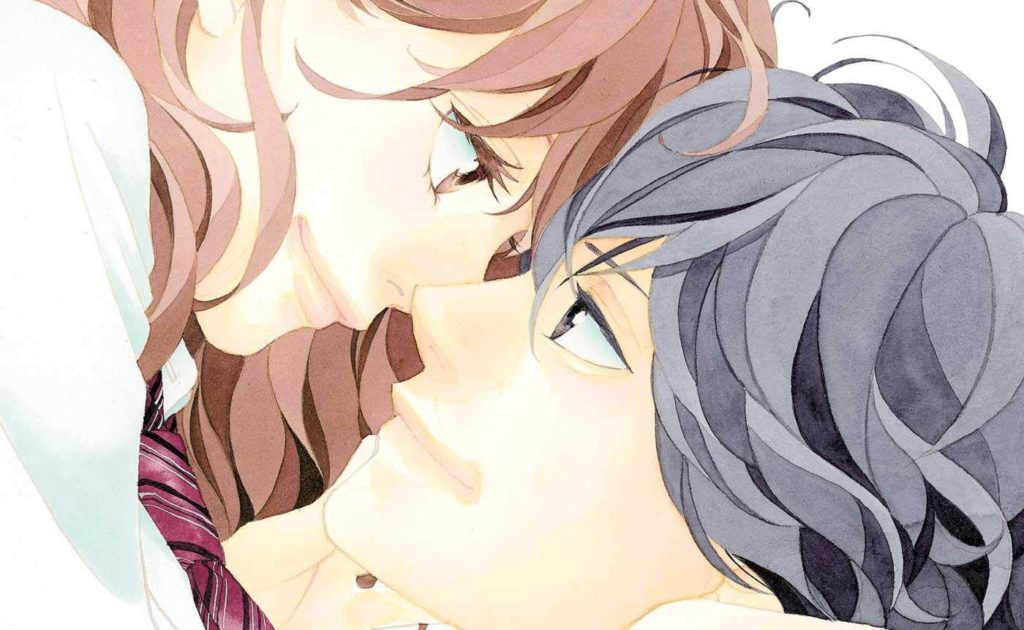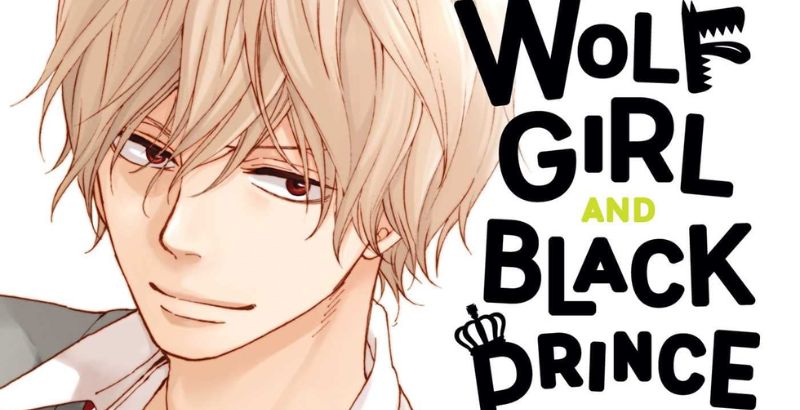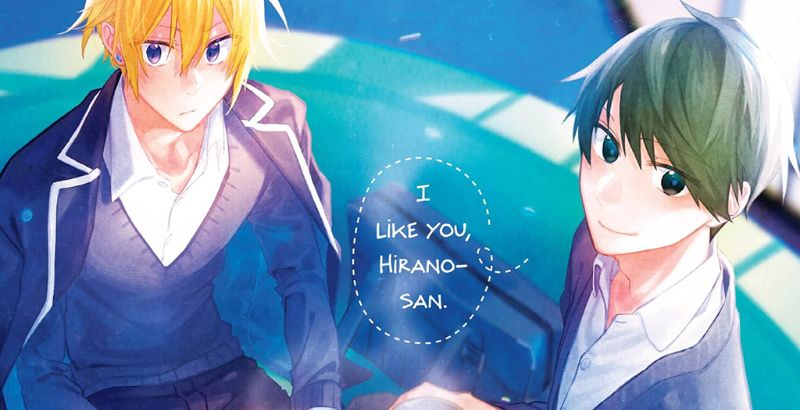
It feels like just yesterday I saw Twitter abuzz with excitement when Viz Media’s imprint, ShojoBeat, announced a much-desired license of Io Sakisaka’s Ao Haru Ride, and now we are already at the final volume of this endearing high school love story. Sakisaka’s stories of young love aren’t new, BWT has been covering her most recent series: Love Me, Love Me Not. The conclusion to Ao Haru Ride features translation by Emi Louie-Nishikawa and touch-up art and lettering by Inori Fukuda Trant.
Volume 13 opens with our main couple, Futaba and Kou, at long last spending time together after admitting their feelings. It is awkward and sweet watching the two try to navigate who they want to be for each other. One thing I have always appreciated about Ao Haru Ride is that the series isn’t afraid to get messy. These are kids, many dealing with romance for the first time. While readers may rejoice at Futaba and Kou being the endgame, there is a melancholy recognized by both characters and reader at the people they, unfortunately, hurt along the way while they were trying to figure out their emotions. Kids make mistakes, sometimes big ones. Sakisaka doesn’t condone or condemn, merely reminds us that we are observing teenagers. Young love is confusing, and the unfortunate selfishness on all sides (yes, even a little on Toma’s) is a hurdle they all will have to learn to navigate growing up.
There are adorable couple moments between Futaba and Kou (including a reveal about the cat Sakisaka gleefully admits to hinting at for a large portion of the series). However, the final volume truly shines by showcasing what the series has done best: being a story about friendship and grief. We not only see Kou and Futaba get together but also their support as Kominato resolves to tell Murao how he feels. The final chapter is a punch in the feels as well, but for reasons, I won’t spoil. All I will say is it was a very tender acknowledgment of Kou’s growth in his family situation.
There’s a softness to Sakisaka’s art that always feels like it is giving me a hug. It makes it all the more entertaining when a character’s face takes on an absurdly comedic expression with harsher lines. Sakisaka’s use of screen tones and shapes, especially during internal monologues, always adds a dreamlike quality. A common favorite of mine are the pentagons with their outlines shaded. They tend to appear during confessions and kisses, but also occasionally between the borders of panels, connecting them, and almost creating a river your eyes follow as a reader.
This final volume runs on the shorter side, but it includes a short story featuring characters from Sakisaka’s previous series, Strobe Edge, that fans of the mangaka are sure to appreciate. Overall, Ao Haru Ride Volume 13 provides a relatively satisfying conclusion to a story about kids dealing with grief, friendships, and growing up while falling in love. I would argue it is one of the strongest shojo high school romance series we’ve seen in some time.
Ao Haru Ride Volume 13 will be available on October 6th, 2020 wherever books are sold and online.
Ao Haru Ride Volume 13
TL;DR
Ao Haru Ride Volume 13 provides a relatively satisfying conclusion to a story about kids dealing with grief, friendships, and growing up while falling in love. I would argue it is one of the strongest shojo high school romance series we’ve seen in some time.




